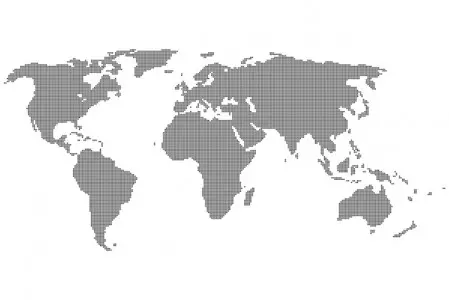Share on Social Media:
The Top 5 Leading Causes of Death for Female Children up to 4 Years Old
| Cause of Death | Female Child Deaths | |
|---|---|---|
| 1 | Lower Respiratory Infections | 1,039,213 |
| 2 | Diarrhoeal Diseases | 632,633 |
| 3 | Childhood-cluster Diseases | 554,088 |
| 4 | Low-birth Weight | 496,755 |
| 5 | Malaria | 473,377 |
 Special Report
Special Report
- More than half of the world's population rely on dung, wood, crop waste or coal to meet their most basic energy needs. Cooking and heating with such solid fuels on open fires or stoves without chimneys leads to indoor air pollution and exposure is particularly high among women and children. In most societies, women are in charge of cooking and - depending on the demands of the local cuisine - they spend between three and seven hours per day near the stove, preparing food. 59% of all indoor air pollution-attributable deaths thus fall on females. Every year, indoor air pollution leads to Lower Respiratory Infections and is responsible for the death of one person every 20 seconds. Globally, pneumonia and other acute lower respiratory infections represent the single most important cause of death in children under five years. Exposure to indoor air pollution more than doubles the risk of pneumonia and is thus responsible for more than 900,000 of the 2 million annual deaths from pneumonia.
- 1.8 million people die every year from diarrhoeal diseases (including cholera); 90% are children under 5, mostly in developing countries. 88% of diarrhoeal disease is attributed to unsafe water supply, inadequate sanitation and hygiene. Hygiene interventions including hygiene education and promotion of hand washing can lead to a reduction of diarrhoeal cases by up to 45%. Targeted environmental interventions could reduce the number of deaths from diarrhoea and lower respiratory infections by over 3 million people each year. Women play a key role in educating children to water. Their interest in water awareness is major, since it is they who look after the household, and whose children diseases, often fall sick due to contaminated water or lack of hygiene: each year, nearly two million children die from diarrhoeal diseases. Yet educating children always to wash their hands after using the toilet and before preparing food is a very simple and effective means of preventing such illnesses.
- For childhood cluster diseases, the per capita rates in developing countries are over 70-times higher than in developed countries (childhood cluster diseases are diseases that occur in certain populations at the same time such as Whooping Cough, Polio, Measles, Mumps, etc).
- Low birth weight has been defined by the World Health Organization (WHO) as weight at birth of less than 2.5 grams (5.5 pounds). Mothers in deprived socio-economic conditions frequently have low birth weight infants. In those settings, the infant's low birth weight stems primarily from the mother's poor nutrition and health over a long period of time, including during pregnancy. Once pregnant, the mother's nutrition and diet, lifestyle (e.g., alcohol, tobacco or drug abuse) and other exposures (e.g., malaria, HIV or syphilis), or complications such as hypertension can affect fetal growth and development. A WHO study on domestic violence also found that household violence is often associated with low-birth rate.
- 90% of Malaria victims are in sub Saharan Africa. Malaria kills a child every 30 seconds. Malaria as a leading cause of death, primarily affects poor women. Pregnant women are often at greater risk for malaria due to the physiological stresses associated with pregnancy because a woman's immune system is particularly compromised during pregnancy, making pregnant women more likely to become infected and thus implying more harmful consequences. Malaria during pregnancy is a major cause of maternal mortality. Educating people to use mosquito-nets is one simple way to prevent the disease.
Tags:
Death Statistics, Health Statistics, Leading Causes of Death
Sources: WHO report: Injury, a leading cause of the global burden of disease 2000.
List Notes: All Statistics are reported deaths for the year 2000. This WHO study combines mortality and health data from national vital registration systems with information obtained from surveys, censuses,epidemiological studies and health service data.
Sources: WHO report: Injury, a leading cause of the global burden of disease 2000.
List Notes: All Statistics are reported deaths for the year 2000. This WHO study combines mortality and health data from national vital registration systems with information obtained from surveys, censuses,epidemiological studies and health service data.

